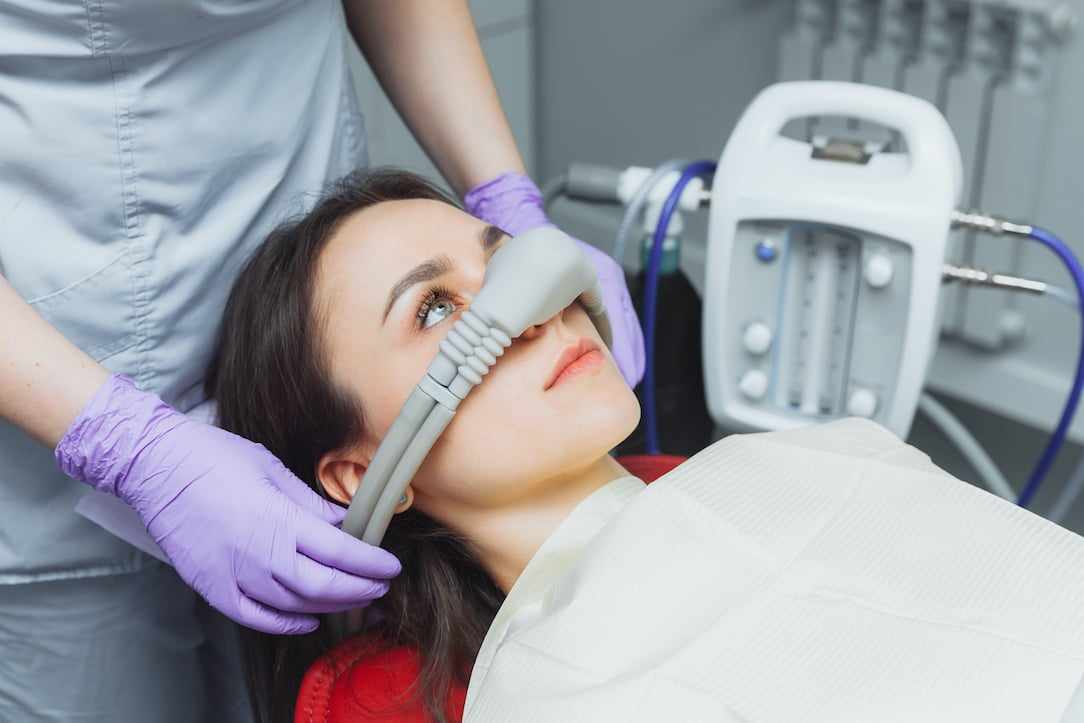
Sedation dentistry involves the use of medication to help patients remain calm and relaxed during dental procedures. Although commonly referred to as “sleep dentistry,” most patients stay awake, except when general anesthesia is used. This approach is especially beneficial for individuals with dental anxiety, a sensitive gag reflex, or those undergoing complex or lengthy treatments.
Types of Sedation Dentistry
Nitrous Oxide (Laughing Gas): Nitrous oxide is a mild sedative inhaled through a mask placed over your nose. It helps you relax and reduces pain perception. The effects wear off quickly, allowing you to resume normal activities shortly after the procedure.
Oral Sedation: This involves taking a pill before your appointment. The medication induces a deeper state of relaxation than nitrous oxide and can cause drowsiness. You will still be awake but in a more relaxed state, with reduced memory of the procedure.
IV Sedation: Administered through a vein, IV sedation offers a deeper level of relaxation. It allows precise control over the level of sedation and is closely monitored by our team. Patients may feel drowsy and have limited memory of the procedure.
General Anesthesia: General anesthesia puts you into a deep, unconscious state. This is used for more extensive procedures or for patients who have severe anxiety. You will be completely unaware of the procedure, and the effects will last until the anesthesia wears off. Visit our website for more information.
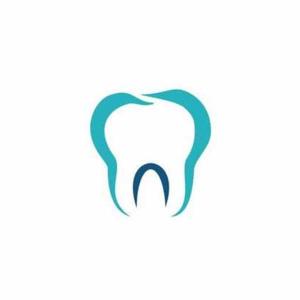
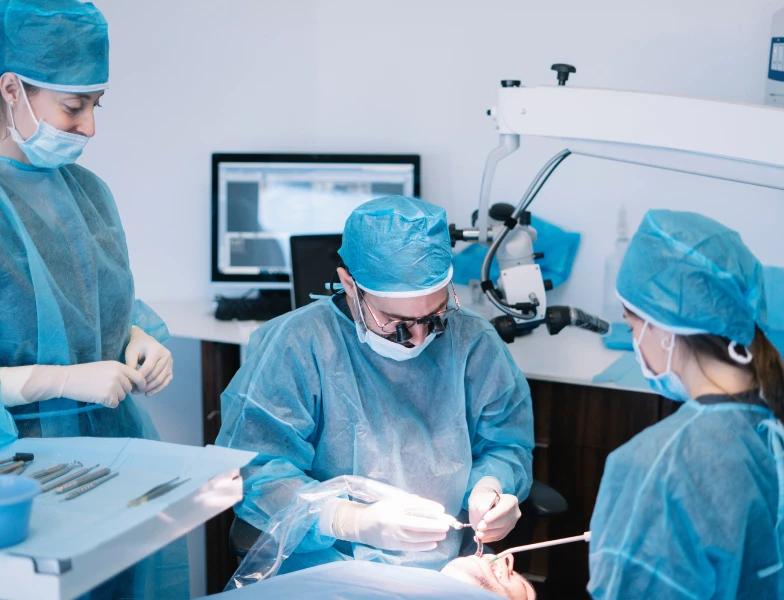



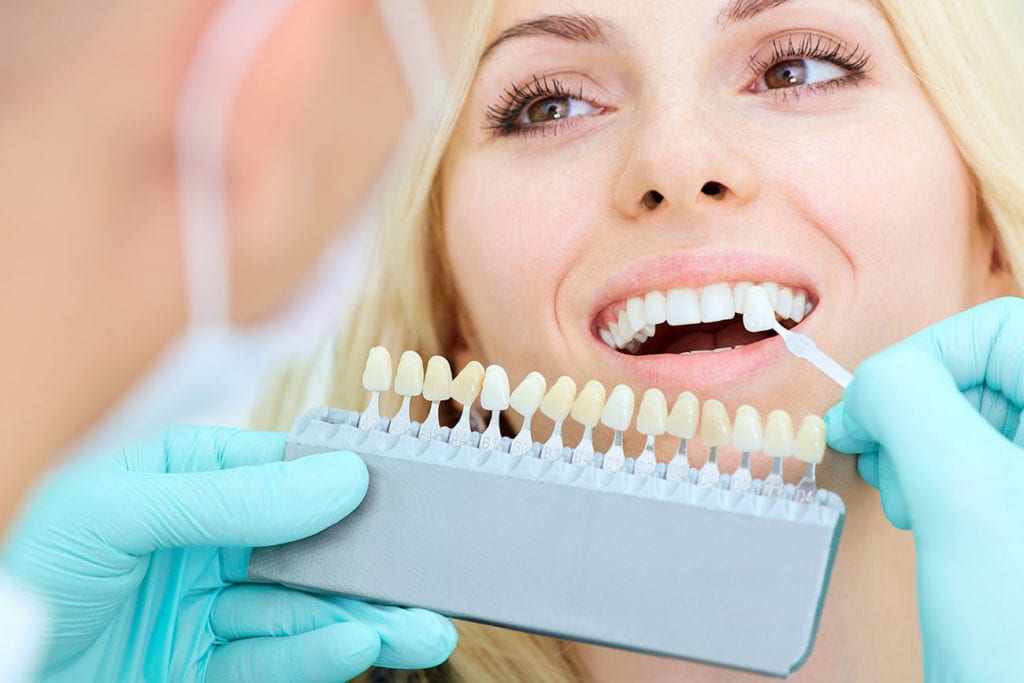




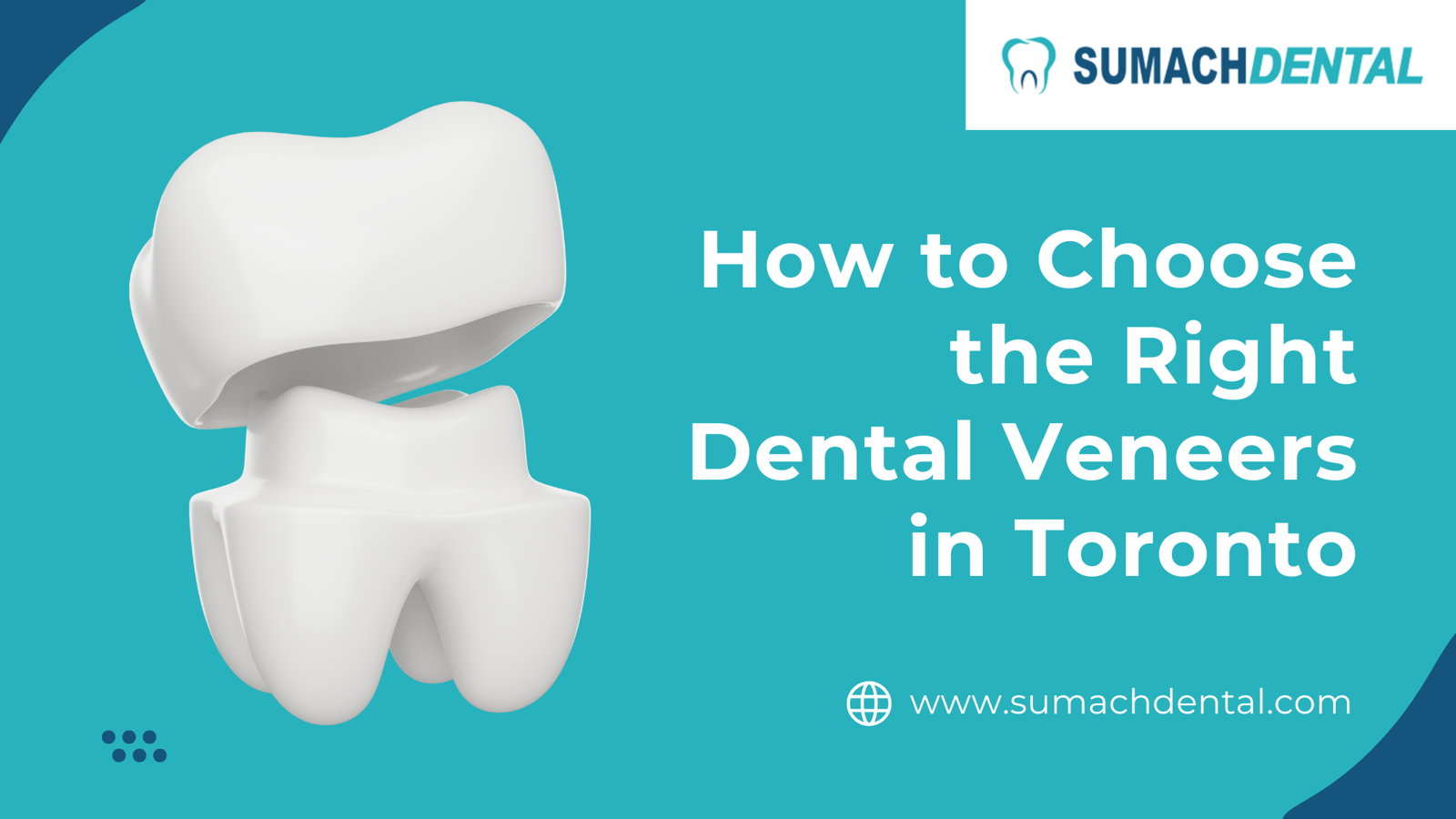
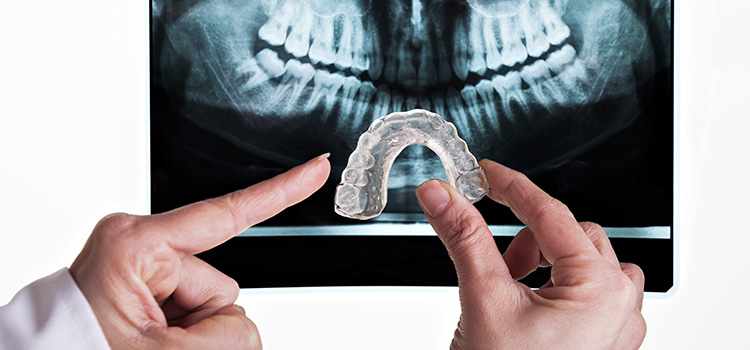

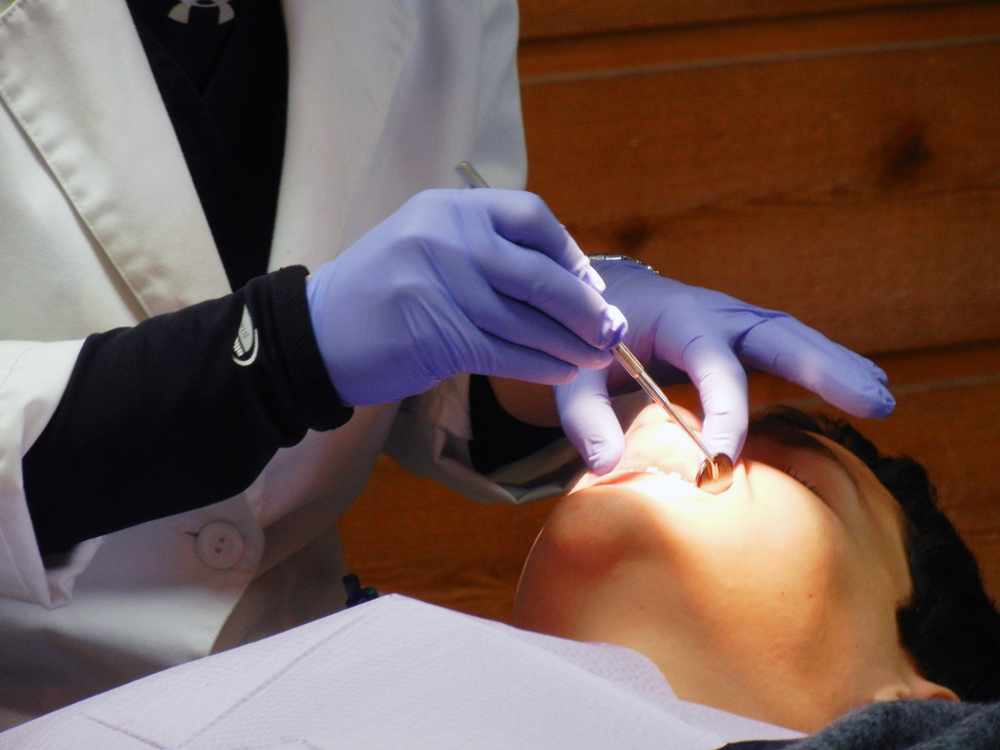
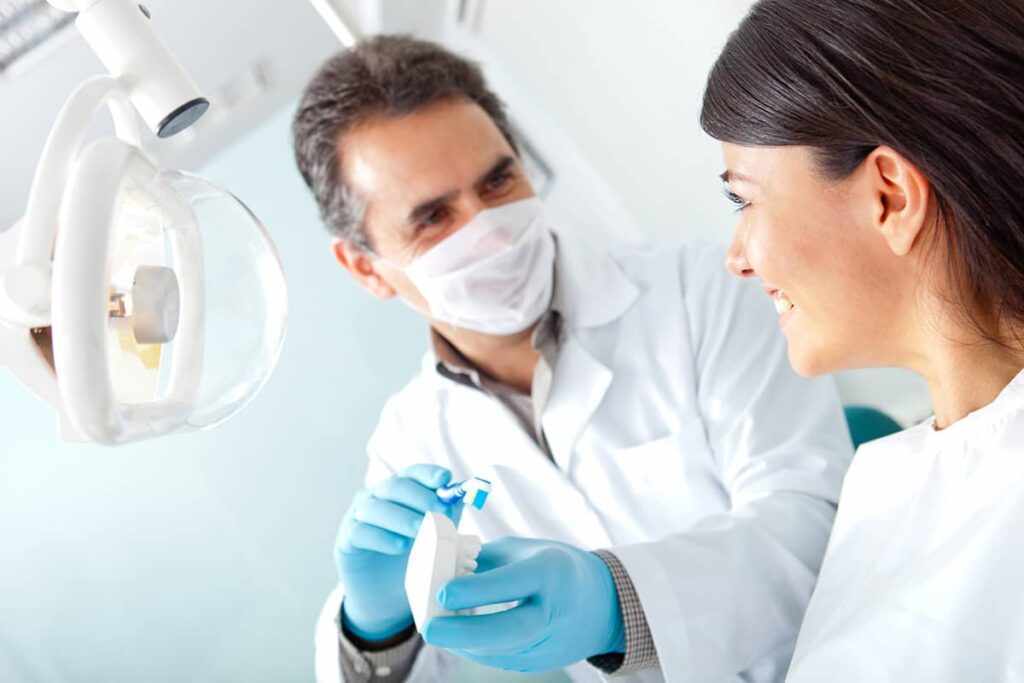
Write a comment ...